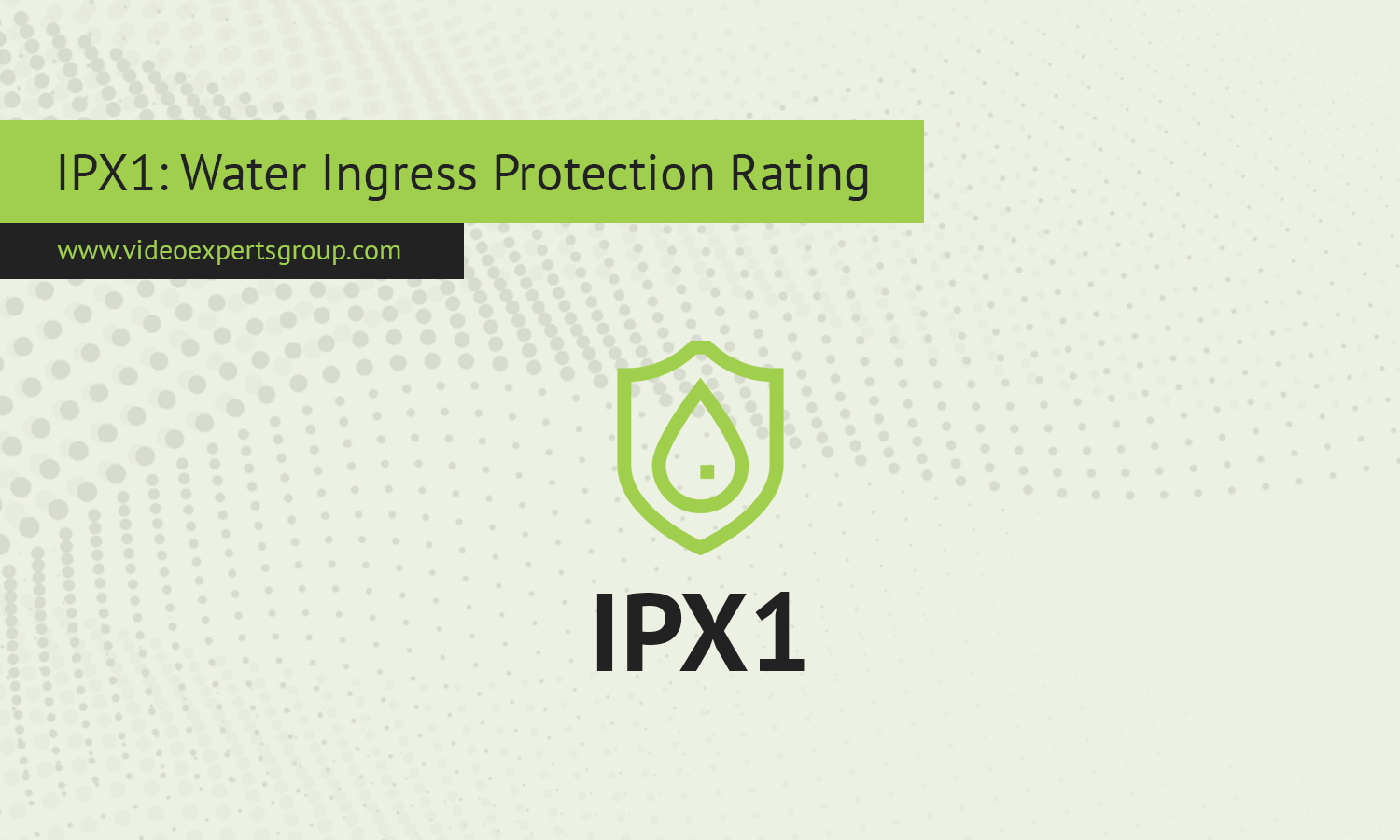Water resistance is a critical feature in many electronic devices, especially those used outdoors or in environments where they may be exposed to moisture. The IPX rating system is a standardized measure of how well a device can resist water ingress. One of the more basic levels in this system is IPX1, which provides a minimal level of protection against water. This article will explore what IPX1 means, how it fits into the IPX rating chart, and the testing procedure and requirements associated with this rating.
Meaning
IPX1 is a specific rating within the IP (Ingress Protection) system that indicates a device's ability to withstand water exposure. The "X" in IPX1 refers to the fact that the rating does not specify protection against solid particles like dust; instead, it only addresses water resistance. The "1" indicates that the device can resist vertically falling water droplets, akin to light rain, for a short period. Devices with an IPX1 rating are protected against minor water exposure but are not designed for more intense or prolonged water contact.
IPX Rating Chart
| IPX Rating | Protection Level | Description |
| IPX0 | No protection | No protection against water ingress |
| IPX1 | Drip-proof | Protection against vertical water drops |
| IPX2 | Drip-proof (15-degree tilt) | Protection against water drops when tilted up to 15 degrees |
| IPX3 | Spray-proof | Protection against water spray up to 60 degrees from vertical |
| IPX4 | Splash-proof | Protection against water splashes from any direction |
| IPX5 | Water-jet resistant | Protection against water jets from a 6.3mm nozzle from any direction |
| IPX6 | Powerful water-jet resistant | Protection against more powerful water jets |
| IPX7 | Immersion up to 1 meter | Protection against temporary immersion in water up to 1 meter for 30 minutes |
| IPX8 | Immersion beyond 1 meter | Protection against continuous immersion in water beyond 1 meter, under conditions set by the manufacturer |
| IPX9 | High-pressure, high-temperature water resistant | Protection against high-pressure, high-temperature water jets |
What is the IPX1 Test Procedure?
To achieve an IPX1 rating, a device must undergo a specific test designed to simulate the conditions it might encounter in the real world. The IPX1 test procedure involves the following steps:
-
Test Setup: The device is placed on a turntable that rotates at a speed of 1 RPM (revolutions per minute). The turntable is positioned such that water droplets fall vertically onto the device.
-
Water Exposure: A drip box is used to simulate rainfall. Water droplets are allowed to fall vertically from a height of 200 mm above the device at a rate of 1 mm per minute for a duration of 10 minutes.
-
Device Orientation: The device is tested in its normal operating position. If it has multiple intended positions (e.g., handheld, wall-mounted), it is tested in each position.
-
Assessment: After the test, the device is examined for water ingress. To pass the IPX1 test, the device must not show any signs of water entry that could affect its operation or safety.
Requirements
For a device to be classified as IPX1, it must meet the following requirements:
- No Water Ingress: The device must demonstrate that no water has penetrated its enclosure in a way that could compromise its functionality or safety.
- Short Exposure Duration: The device is only exposed to water for a short period, specifically 10 minutes.
- Vertical Water Exposure: The device is only tested against vertically falling water droplets, which simulates light rain or minor water exposure from above.
Devices with an IPX1 rating are typically designed for environments where minimal water exposure is expected. While they offer some protection, they are not suitable for use in heavy rain, water jets, or immersion scenarios. For more robust protection, higher IPX ratings, such as IPX4 or above, should be considered.
















